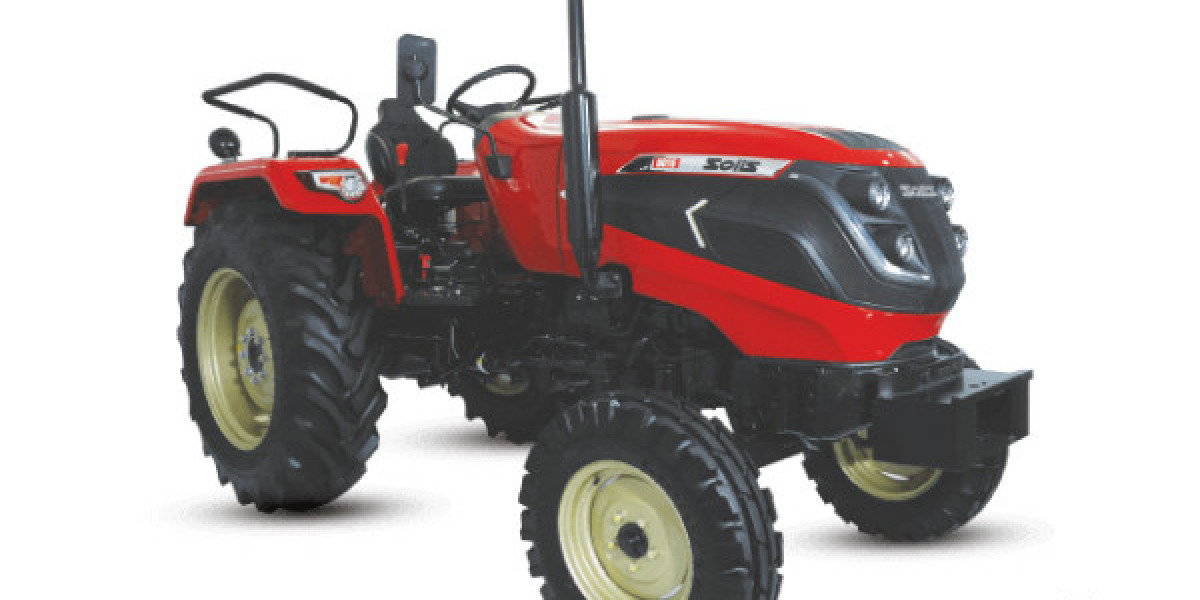Introduction
Welcome to our comprehensive guide on shelving retail. In this article, we will delve deep into the world of retail shelving, exploring its importance, various types, best practices, and how it can significantly impact your sales and overall store aesthetics.
Importance of Retail Shelving
Retail shelving is not just about providing storage space; it's a strategic tool that can enhance the shopping experience for your customers and boost your sales. The way you organize and present your products can make a significant difference in how they are perceived and ultimately purchased.
Types of Retail Shelving
1. Gondola Shelving
Gondola shelving is one of the most common types found in retail stores. It consists of freestanding units with shelves on both sides, allowing for maximum product display. These shelves are highly versatile and can be adjusted to accommodate various product sizes.
2. Wall Shelving
Wall shelving is mounted directly onto the walls of the store. It's perfect for showcasing products that require more space or for creating focal points within your store layout. Wall shelving comes in various styles and materials, allowing you to customize the look to match your brand aesthetic.
3. End Cap Displays
End cap displays are located at the end of aisles and serve as prime real estate for promoting featured products or seasonal items. These displays can attract attention and drive impulse purchases, making them a valuable asset in any retail space.
Best Practices for Retail Shelving
1. Prioritize Visibility
Ensure that your shelving units are positioned in a way that maximizes visibility for customers. Products should be easy to see and reach, with clear signage and labeling to guide shoppers.
2. Organize by Category
Group similar products together to create a logical flow within your store. This makes it easier for customers to find what they're looking for and encourages cross-selling opportunities.
3. Keep it Neat and Tidy
Maintain a clean and organized shelving layout at all times. Regularly dust shelves, remove expired or damaged products, and restock items to prevent clutter and create a pleasant shopping environment.
Maximizing Sales with Retail Shelving
1. Utilize Cross-Merchandising
Take advantage of your shelving space to cross-merchandise complementary products. For example, if you sell coffee beans, consider placing mugs and brewing accessories nearby to encourage additional purchases.
2. Implement Eye-Level Marketing
Place your most profitable or popular items at eye level to capture the attention of shoppers. This prime real estate is highly coveted and can significantly impact purchasing decisions.
3. Rotate Products Regularly
Keep your displays fresh and engaging by rotating products regularly. This not only prevents stagnation but also creates a sense of excitement and novelty for repeat customers.
Conclusion
In conclusion, shelving retail is a critical aspect of any successful retail operation. By implementing the best practices outlined in this guide, you can create an inviting and organized shopping environment that maximizes sales and enhances the overall customer experience.








